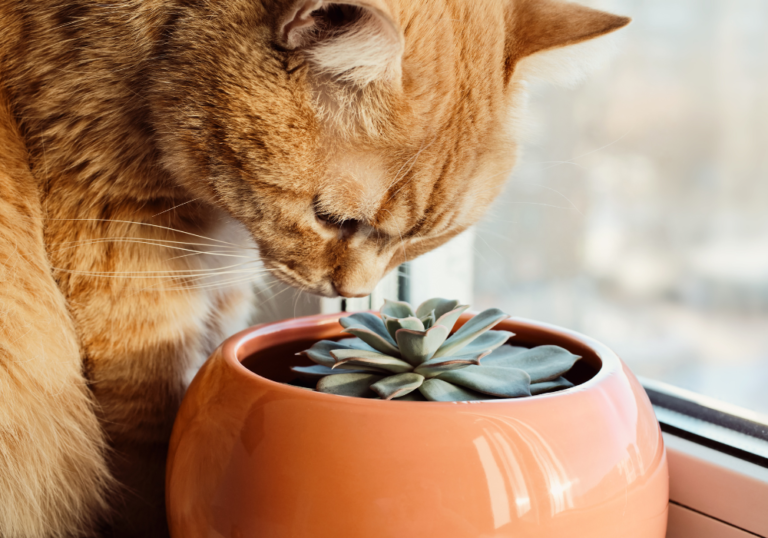Cat-Safe House Plants: Ensuring a Healthy Environment for Your Furry Friends

House plants can enhance your home with beauty and a touch of nature, but if you’re a cat owner, it’s crucial to choose foliage that won’t harm your curious pet. Cats often nibble on leaves, and unfortunately, some plants can be toxic to them. Before you bring a new plant home, it’s essential to know which ones are safe and which could pose a danger to your cat.
What Happens if My Cat Eats a Toxic Plant?
The effects of consuming a toxic plant can range from mild to severe and depend on the type of plant ingested. Symptoms of poisoning in cats include:
- Excessive drooling
- Fatigue or low energy
- Itching or redness around the mouth
- Increased thirst and urination
- Difficulty swallowing
- Irregular heartbeat
- Seizures
- Collapse
If you observe any of these symptoms, it’s critical to act quickly. Consult our doctors at Acacia Pet Hospital immediately, as prompt treatment is vital.
Common Toxic Plants for Cats
Several popular houseplants are hazardous to cats. Some of these include:
- Lilies
- Tulips
- Daffodils
- Aloe Vera
- Sago Palm
- Azalea
- Hydrangea
This list isn’t exhaustive, so if you’re unsure about a plant, check the ASPCA’s list of toxic and non-toxic plants online.
Safe Plants for Cat Owners
Fortunately, many plants are perfectly safe for cats, and they don’t compromise on attractiveness. Consider adding these cat-friendly plants to your home:
- African Violet
- Spider Plant
- Boston Fern
- Bamboo
- Christmas Cactus
- Ponytail Palm
- Money Tree
These plants not only brighten up your living space but also ensure a safe environment for your cat.
Additional Tips for Cat Owners
If your cat enjoys catnip, consider placing a catnip plant on your windowsill. However, if your cat becomes overly excited, it might be best to keep the plant in a separate room and only bring it out under supervision.
For cats that love to chew on plants, consider growing non-toxic grasses like oat grass or wheatgrass. While these are safe, ingestion can sometimes lead to vomiting because cats cannot fully digest grass.
If you struggle with your cat knocking over plants, or if you’re concerned about maintaining live plants, artificial plants are an excellent alternative. They look realistic and require no maintenance.
Conclusion
Choosing the right plants for your home doesn’t just involve picking the most attractive options but also ensuring they are safe for all members of your family, including pets. By selecting cat-friendly plants, you can enjoy the greenery without any worry.
If you ever suspect your cat has ingested a harmful plant, don’t hesitate to contact us. Consult our doctors at Acacia Pet Hospital for immediate assistance.
Visit Us
For more help or any questions, call us at Acacia Pet Hospital, acaciapetclinic.com, (408) 264-6354, 4486 Pearl Ave, San Jose, CA 95136,
Hours: Monday-Friday: 8:00 am – 5:00 pm or visit us online.

